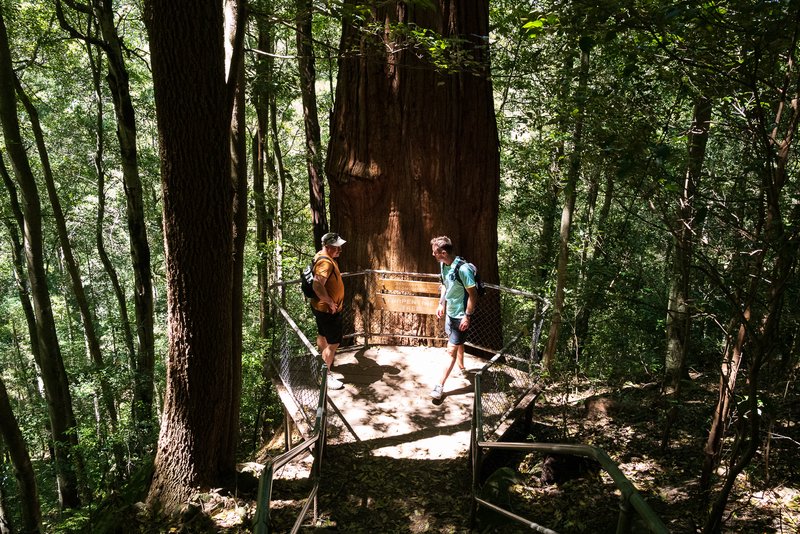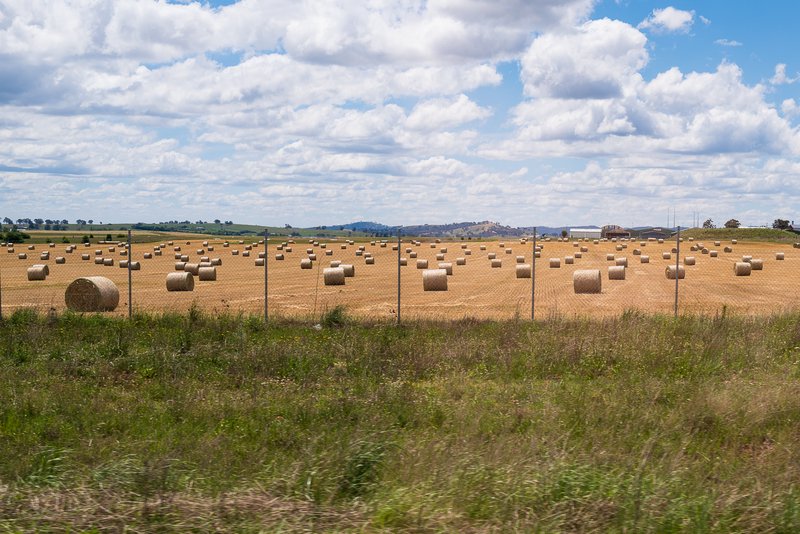Travis Head with an unbelievable knock. Glad I got to watch it. Love the Ashes.
Hi, I'm Ray 👋 and this is where I write posts, collect links, and jot notes.
Check out my stories and photography or posts on software engineering, product development, leadership, or any other topics you might like.
See what I use or what else I'm up to now.
Otherwise, check out my latest posts, links, and notes below or subscribe to a feed.
Surfing the News Waves
I find the 24 hour news cycle exhausting and unsettling.
So, these days, I mostly opt out of it.
Instead, I check the news once a week, usually on a Sunday, and see what’s lasting that has risen to the top.
Kagi News and the Economist World in Brief are my main sources.
I start with local news and end with international news.
I find this approach provides a calmer experience.
Knowledge Creates Technical Debt
Luke Plant:
The “pile of technical debt” is essentially a pile of knowledge – everything we now think is bad about the code represents what we’ve learned about how to do software better. The gap between what it is and what it should be is the gap between what we used to know and what we now know.
No, Your Domains and Bounded Contexts Don’t Map 1 on 1
Mathias Verraes:
In DDD, we reason like this: The engineers need to build, maintain, and evolve secure and performant systems that serve the company. To do that, the engineers need an understanding of the domains and of the software systems. To achieve that, we leave the domains as the organisation sees them, and we draw our own Bounded Contexts to serve our need for understanding. The Bounded Contexts exist primarily for the engineers, and for the engineers’ communication with domain experts and other business functions.
Good Engineering Management Is a Fad
Will Larson:
The conclusion here is clear: the industry will want different things from you as it evolves, and it will tell you that each of those shifts is because of some complex moral change, but it’s pretty much always about business realities changing. If you take any current morality tale as true, then you’re setting yourself up to be severely out of position when the industry shifts again in a few years, because “good leadership” is just a fad.
The Blue Mountains
My trip to visit the Blue Mountains was tops.
Mountain Culture brewery put on some great beers and wings.
The walks around the Three Sisters are well worth it.
We even went for a lap around the Mount Panorama track in Bathurst.
Also, the people of Katoomba wear sick hats.
Spring carnival racing couture looks like a frill-necked lizard freshly ejected from a Dyson.
Covering Teen Wolf: One Coach's Guide
Pasha Malla:
I hope that between us we can keep the lines of communication open and continue to share strategies that seem to work. My feeling is that there’s no team that is completely unbeatable, even if their star transforms into a werewolf before every game.
How I Reversed Amazon's Kindle Web Obfuscation Because Their App Sucked
A story of persistence.
User Effort in Product Design
Lea Verou:
Treat user effort as a currency. To create a product users love, design the tradeoff curve of use case complexity to user effort with the same care you design your pricing scheme.
…
Incremental user effort cost should be proportional to incremental value gained.
Culture Patterns for Setting Up a New Office in Another Country
A list of patterns worth understanding from Jason Yip.
How Anthropic Decides What to Build Next
Catherine Wu (via Sachin Rekhi):
Step 1: Idea → Prototype Got a feature idea? Skip the spec. Build a working prototype using Claude Code instead.
Step 2: Internal Launch Ship that prototype to all Anthropic engineers immediately. No polish required—just functionality.
Step 3: Watch & Listen Track usage religiously. Collect feedback actively. Let real behavior, not opinions, guide decisions.
Step 4: Data-Driven Prioritization
- High usage + positive feedback → roadmap priority
- Low engagement or complaints → back to iteration
I’m increasingly of the opinion that focusing on prototypes first cuts through a lot of what ails many product development processes.
Kagi News
Kagi:
Every day, our system reads thousands of community curated RSS feeds from publications across different viewpoints and perspectives. We then use AI to distill this massive information into one comprehensive daily briefing, while clearly citing sources.
I’ve wanted something like this for a while. I like how the daily update cadence debounces the signal.
I’m keen to see how it works in practice.
Sydney
Nothing attracts local tradies and council workers like having a portaloo placed on your verge.
I’m a big Dubai style chocolate guy now.
Seeing Like a Software Company
Sean Goedecke:
This is why tiny software companies are often much better than large software companies at delivering software: it doesn’t matter that the large company is throwing ten times the number of engineers at the problem if the small company is twenty times more efficient.
Why don’t large companies react to this by doing away with all of their processes? Are they stupid? No. The processes that slow engineers down are the same processes that make their work legible to the rest of the company. And that legibility (in dollar terms) is more valuable than being able to produce software more efficiently.
Why Retention Is So Hard for New Tech Products
Andrew Chen:
The idea really matters.
- If you want a high retention product, you need to pick a category that is high retention already.
- You need to pick a product category where you already use an existing product every day.
- You’re going to build something that directly competes against that.
- If you win, then you’ll stop using that other product and use your product instead.
- That’s a high bar, but I think it’s a good start.
…
This is why I don’t blame folks who have a “Cursor for X” idea, or “Figma for X,” just like the “Uber for X” ideas of the past generation. They’re trying to piggy off some existing markets and behavior so that they don’t have to take crazy market risk.
Well worth a read for those in the tech product subscription business.
Photos From the International Space Station
Some wonderful photos, like this one by Nichole Ayers.



























